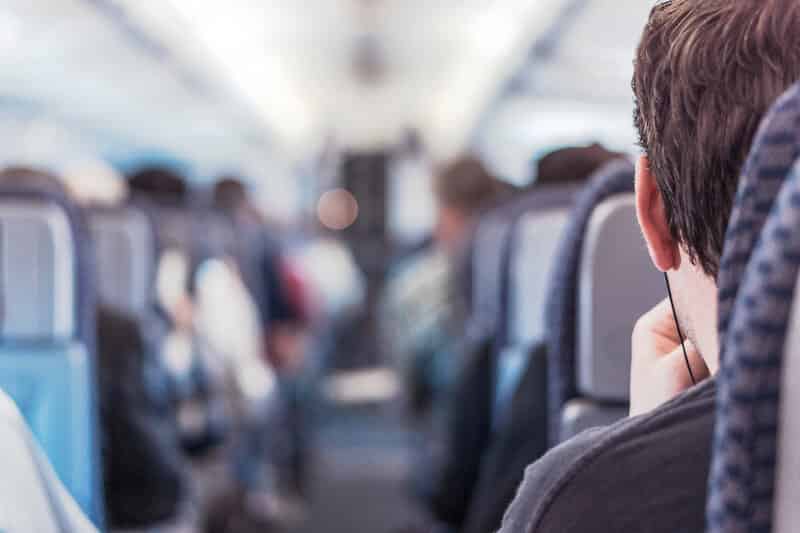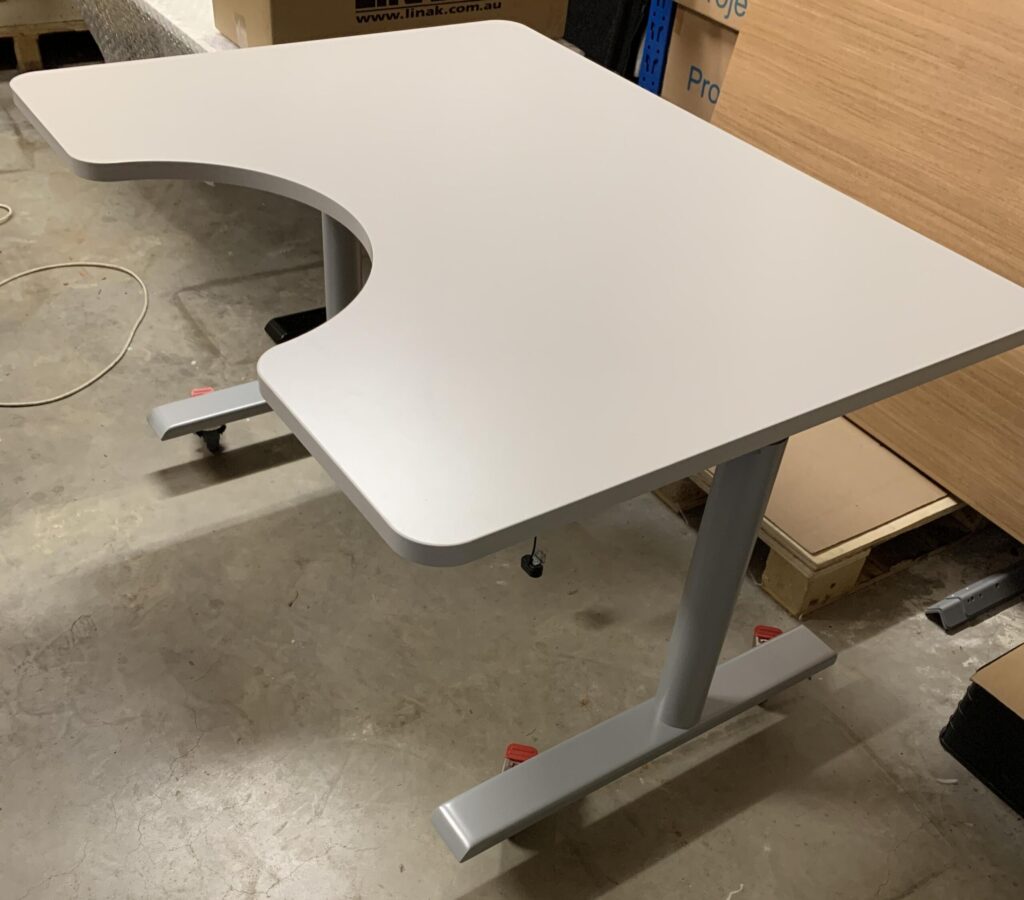
Tips for Long-Haul Flights This Travelling Season
’Tis the season!
This summer, many of us will be escaping to hotter destinations around Australia, or ditching the heat altogether and opting for a White Christmas on the other side of the world. Travelling is always fun, but many look at the flight there (and home) as the biggest speed hump they need to overcome before they even have a chance to think about their holiday!

Even those destinations closer to us still take a decent few hours. Sydney to Bali is around six hours, Brisbane to Thailand is 10, and Melbourne to Hawaii requires an 11-hour flight.
While many people fear flying, a lot of others also dread the discomfort of long-haul flights.
We know prolonged sitting is bad.
And we also know what we can do at work to break up those monotonous sitting hours in front of our computer!
… But what can you do when there really isn’t much to do?
Sure, the easiest thing to prepare for one of those daunting flights might be to have a sleeping pill, pop in your headphones and prey that when you wake up you’ll be landing, but that’s almost always not the case.
We’ve gathered some tips that will help you survive those 14 hours between Melbourne and Los Angeles.
1] Keep hydrated:
This is probably one of the most important tips.
Cabin air is dry. How dry? Well, our ideal humidity levels fall between 50 and 60%. The humidity levels in aircraft cabins is usually less than 20%.
The lack of humidity makes it hard for your system to flush out germs. Give your body the push it needs by sipping water frequently. Don’t be shy to ask cabin crew for water almost every time they pass you!
Many think coffee and tea serve as suitable substitutes for water, but don’t be fooled. These are actually diuretics which “wring more fluid out of your body than they bring in”.
2] Skip the alcohol:
It’s tempting to consider a glass of red to help you relax and pass the time, but alcohol at the best of times is dehydrating, so combined with dry cabin air, you can imagine what it is doing to you at 30,000 feet!
3] Keep the blood flowing:
Deep vein thrombosis – commonly known as DVT – is a condition where a blood clot forms within a vein. Signs include swelling, pain, and engorged veins. The chance of developing DVT in your lifetime ranges from 2 to 5 per cent, and it’s more common in older people than younger people. It’s estimated 300,000 Americans develop first-time DVT every year.
Other dangers of prolonged sitting can include unwanted weight gain, type 2 diabetes, high blood pressure, and even sleep apnea.
So how can you keep moving when you’re restricted by a little thing called an aeroplane? Here are some tips:
Use the bathroom often
This ties in with our first tip. The more water you drink, the more you’ll need to use the bathroom. Frequently interrupting your sedentary time will help re-energise the body and get your blood pumping, even if it’s just a ten-metre walk to and from the bathroom and a few minutes hanging in the galley.
Exercise and stretch frequently
While you’re waiting for the bathroom, do calf raises, march on the spot, stretch your legs, bob up and down, do some gentle lunges, or ANYTHING to wake your muscles up from their slumber. And don’t worry about looking foolish – trust me, you won’t be the only person doing this!
Back in your seat, do some gentle neck rolls to relieve tension. Sitting for long periods of time can result in us carrying a lot of tension in our neck and shoulders.
Use your in-flight movies as a timer
One of the best things about flying is the plethora of in-flight entertainment you’re offered, particularly on long flights. Many movies hover around the one-and-a-half to two-hour mark, so make it a point to get up at least once during the movie, and then again when the movie has finished.
Postpone clicking play on the next one to stand up, have a wiggle, wander up and down the aisles, and do some squats!
(Even better: choose a TV series! Short episodes means you’ll be moving every half hour – awesome!)
Keep an eye on the time
It’s easy to lose track of time on a flight:
What time is it at my origin? Should I be sleeping?
Who cares, what time is it at my destination?
Should I change my watch?
You should change your watch (or smartphone) to your destination as soon as you take off, so you can mirror those sleep/wake patterns. It’s no use worrying about the time back home when you’ve got a completely different time zone to adjust to over the next few days!
Being guided by the destination time will help you establish a pattern quicker and might even reduce jet lag once you’ve arrived! Of course, just because it’s 11pm at your destination it doesn’t mean you should force yourself to turn off your movie, refuse food and try to sleep. Just use this new time as a guide to gently acclimatise yourself to your future timezone.
The cabin itself will help you out too, by dimming lights when it’s an optimal time to try and get some rest, or even just to wind down with a good book or magazine.
Approach your next flight with a lot more know-how and a lot less stress, so you can begin your holiday the moment you step on board. Safe flight to those travelling this holiday season!






